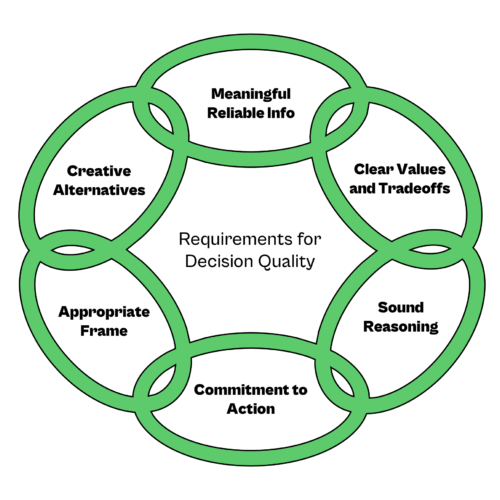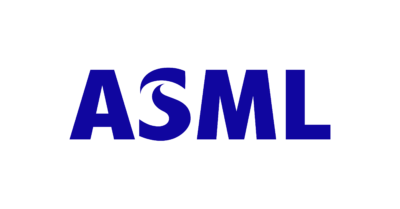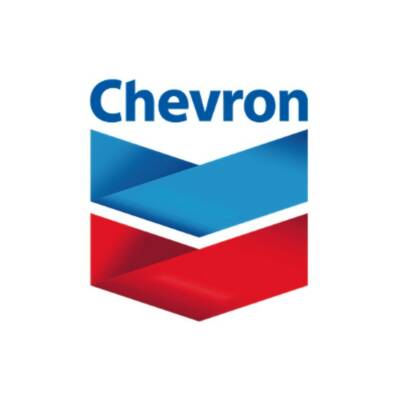
The DQ process
The DQ process: Ask yourself not what should we do, but what could we do – and to achieve this we: need to frame this properly, have a good set of alternatives, ask if there are other options, what information do we have, what do we need, how can we get it? Start with framing and work around the links. The DQ is only as strong as the weakest link! But if implemented correctly it will result in a deliberate, rational and transparent process – ensuring the quality decisions, good governance and process assurance.



